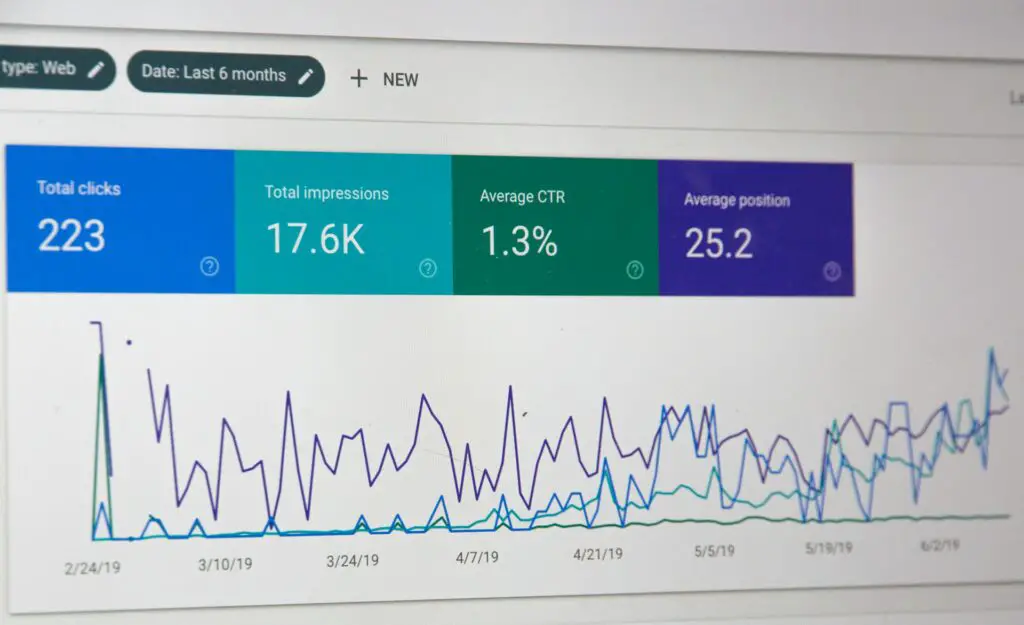As the digital marketing environment expands and new technologies emerge Google Ads remains one of the most effective ways for a business to find its customers. Among the novelties within Google Ads, there are Responsive Search Ads, or RSAs, for their short name.

To achieve this functionality, these ads have to be created in a way that would allow them to respond to different search queries and users’ activity in general. It is for this reason; that this paper seeks to explain how the Google Ads service works to create Responsive Search Ads to enhance better business results.
The Idea of Responsive Search Ads:
Responsive Search Ads are one of the ad formats available in Google Ads that let the advertisers create ads that can provide multiple texts to display for different search queries. You may be asking how does google ads generate responsive search ads and how can I make this work for me? Unlike text ads which allow the advertiser to put fixed headlines and descriptions, RSA allows the advertiser to input more headlines and descriptions.
Google then presents the various combinations to machine learning algorithms in order to find out which ones work best for specific queries.
Creating Responsive Search Ads
The fundamental element of RSA is that the advertiser submits several headlines and descriptions. It should be pointed out that RSA can contain up to 15 headlines and 4 descriptions in Google Ads.
These headlines and descriptions should be quite different and should correspond to the context of advertised products or services. It is about offering Google potential strategies to check and select from so that the company receives as many options as possible.
It is also recommended to think about options and varieties of the business that could create interest among the users in reading the headlines and descriptions. For instance, headlines can incorporate a proposition, a call to a sale, or a particular commodity.
Descriptions can complement other information, for example, about advantages, the price, or the invitation to an event. This is due to the usage of a big quantity of material and the bigger chances for Google to detect the most effective combinations of ads.
Machine Learning
After entering the headlines and descriptions, things are all up to Google’s intelligent machine learning. These algorithms then compare the effectiveness of one headline and description with the other headline and description on the fly. There are also some factors like the user’s search terms used, the device in use, geographic location, and prior activity that they use to establish what device, what software, and what time of day is most likely to interfere with the user positively.
In particular, the process of machine learning can and has always involved experiments and improvements.
That means that with the gathering of more data, the algorithms will be refined to accurately estimate which arrays will produce the best results when a specific scenario is arrived at. This makes the ads constantly being revised and optimized, hence they are bound to have higher click-through rate and conversion rates in the long run. You can learn more about the click-through rate by clicking the link.
Advantages of Responsive Search Ads
Here are some of the aspects that make Responsive Search Ads beneficial to advertisers; this will enable advertisement relevance to step up as one of the chief benefits. Thus, by adapting the content of the ad to the specific query entered by the user, RSAs are more likely to attract the user’s attention and engage them. The given relevance may entail improved Quality Scores, thus enabling decreased CPC and better ad location.
Another advantage is the broader audiences that are usually attained due to the internet. Traditional text ads suffer from the fact that their message does not change and is not always relevant to what users might be searching for. You can click this link to learn more.
At the same time, RSAs can effectively respond to a rather wide range of queries, which means the ad will be considered by a wider audience. This kind of flexibility can aid the concerned businesses in reaching out further and therefore having the ability to fetch more raw leads.
Practical Approaches to Responsive Search Advertising
To reap the most out of Responsive Search Ads, there are certain guidelines that need to be observed as follows; First of all, it should be noted that it is appropriate to come up with a range of headlines and descriptions in medical tests and procedures. Thus, it is easy to see that the more arrays that are at the disposal of Google, the better it can tailor the ads. Depending on the objectives advertisers should ensure that there is a blend of short and long headlines, in addition to the message angles.
Second, in any campaign, it is always necessary for the advertisers to go through RSAs and perhaps make some changes to it from time to time.
Although using Google’s algorithms saves the need to specifically seek out the optimization process, a business should still oversee the several results to guarantee that the ad is appropriate for their business. Based on the performance data advertisers can modify the headlines and descriptions, eliminating the options that did not attract many clicks and adding new ones.
Responsive Search Ads are one of the advancements in advertising that provides a great way of making an advertisement comfortable in contacting the users. Thus, by using machine learning and presenting RSAs with a rich variety of headlines and descriptions, it is possible to make the advertisements delivered more relevant and interesting.
The knowledge of how Google Ads works to produce Responsive Search Ads can help businesses fine-tune those campaigns successfully, guaranteeing that the advertisements get through to a wider range of viewers and produce even higher performance. Thus, as the digital environment changes constantly, the adoption of progressive tools such as RSAs can contribute to the accomplishment of marketing objectives among enterprises.









0 Comments